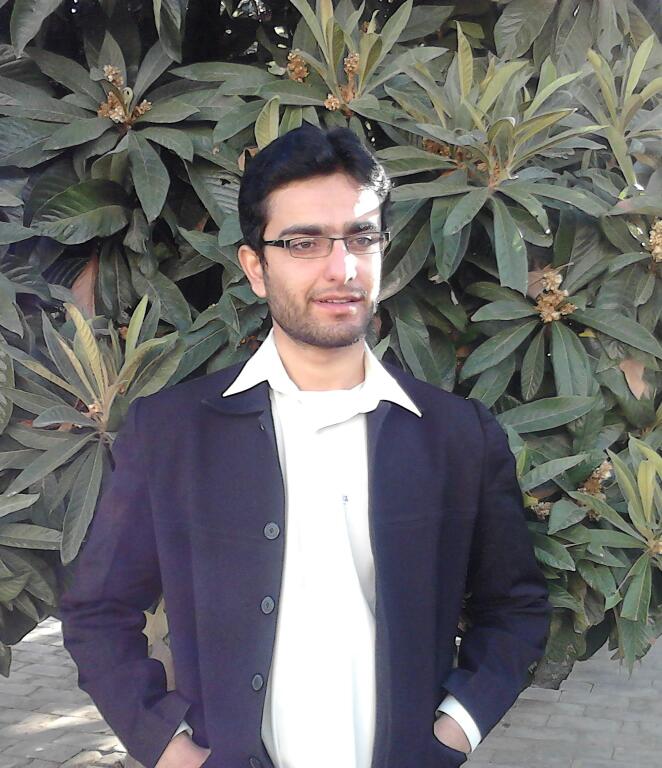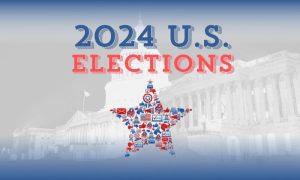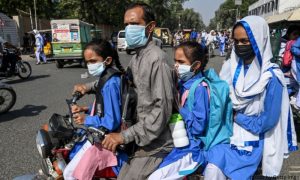Pakistan is the cradle of religions, including Buddhism, Sikhism, and Hinduism. The origin of Buddhism traces its geneses in Gandhara civilization. Gandhara was an Indo-Aryan civilization that flourished primarily in Peshawar and Swat valley. According to Buddhist beliefs, Gandhara was termed as the 6th most beautiful place on the earth. The religious political economy of Asia revolved around Gandhara civilization and Buddhism. Buddhism reached Gandhara as early as the third century B.C.E., and began to flourish in the first century C.E. as Silk Road trade and cross-cultural connections from the Mediterranean to China fostered its spread.
The United Nations World Tourism Organization reports that between 300 and 330 million travelers visit the world’s largest religious sites annually. Buddhism is one of the most followed religions in the world, with its followers reaching beyond 470 million worldwide. There are around 200 million Buddhists in China, whereas Sri Lanka’s 72% population is Buddhist. According to an estimate, there are around 8.5 million Buddhists in India, whereas South East Asian nations are predominantly populated by Buddhists.
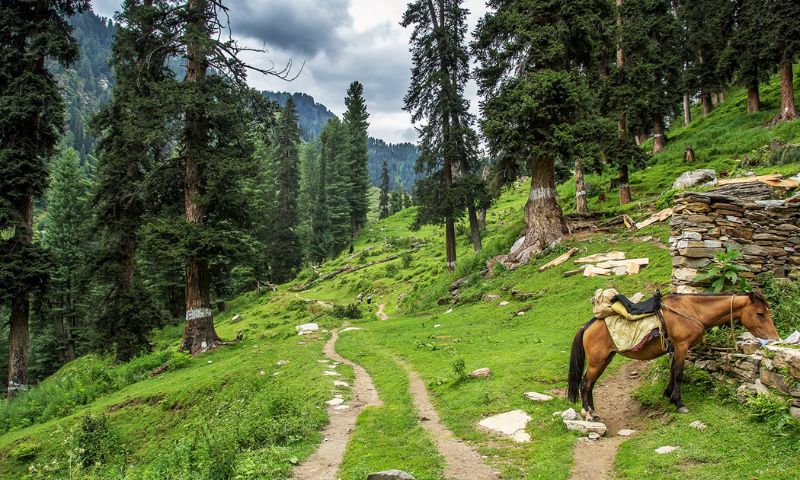
The post-Covid-19 tourism industry worldwide has been on the decline. Until August 2020, 700 million less arrivals translated into a loss of USD 730 billion in export revenues from tourism. However, the year 2022 saw a whopping rise in the tourism economy, where tourism has become 7.6% of global GDP. According to Statista, the total contribution of the travel and tourism industry to the global GDP reached 5.81 trillion USD in 2022. In 2022, there were 22 million new jobs in the industry. The post-pandemic world tourism industry has opened up a global competition for countries to attract foreign visitors.
Pakistan’s tourism industry and Gandhara civilization
Pakistan’s tourism industry has the potential of sustaining its ailing economy. The World Travel and Tourism Council (WTTC) forecast that the country’s tourism sector would grow to over $40 billion within a decade. According to the WTTC, one in four jobs was created by travel and tourism during 2014-2019 in Pakistan. World Economic Forum has placed Pakistan among the top 25 percent of global destinations for its UNESCO ‘World Heritage Sites’. Pakistan is offering visas on arrival to visitors from over 50 countries and electronic visas to 175 nationalities.
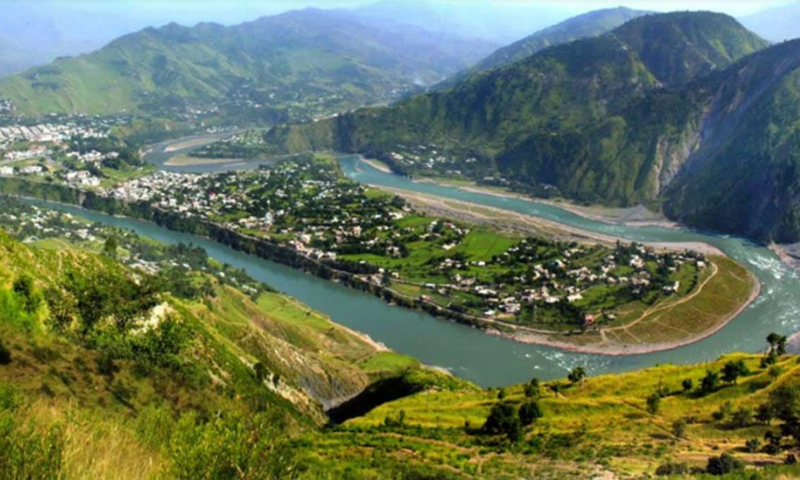
The declining religious freedom in India provides Pakistan with an opportunity to cash its Buddhist heritage. Only in 2019, around 200,000 international tourists cancelled or postponed their visit to Taj Mahal due to citizenship law protests. In 2015, the total share of Buddhist tourists in India was 6.4% of total international tourists in India. In 2018, it declined by 6.1%. According to a Human Rights Watch report, the restrictions and lockdown after the abrogation of Article 370 cost the economy over 2.4 billion USD in Kashmir only. The report says, “Losses nearly doubled since the government imposed further restrictions to contain the spread of Covid-19 in March 2020”.
The rise of Hindutva in India has not only affected religious tourism in India but also forced many countries to issue advisories to their citizens, cautioning them not to visit public places in India. In October 2022, the United States issued an advisory to its citizens not to travel to Kashmir due to political and human rights situation. In 2019, the UK, Germany, and Australia also issued an advisory to their citizens asking them to restrict their movement in India. Moreover, there are many instances when foreign tourists were raped in India. Only in 2016, 5 foreign nationals registered cases for being raped in India. According to SWI, a Swiss website, there were 33,000 rapes, 70,000 rape attempts, and 12,000 cases of sexual harassment from 1971 to 2013. These figures are alarming and costing Indian tourism industry in billions of USD.
Gandhara Symposium
Despite the fact that Pakistan is situated at the crossroad of religious tourism it has not realized its potential of attracting religious tourists from across the world. It was ranked 121st in the overall classification of the World Economic Forum’s Travel and Tourism Competitiveness Index 2019. It is estimated that international tourism contributed just under 1 billion USD to the GDP of Pakistan, that is 0.4% of GDP. Pakistan is ranked 116 in the list of International tourism revenue, percent of GDP, which is very low as compared to its neighboring countries. India is ranked 97, Sri Lanka 65, and Maldives is ranked 2 in the global ranking.
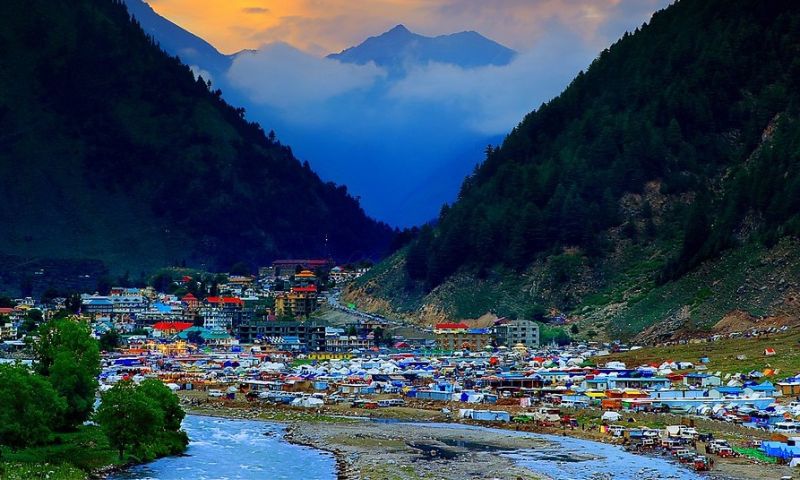
Pakistan can become a leading recipient of religious tourism in Asia. However, it needs public-private partnership with state patronage. The ongoing Gandhara Symposium is one of the examples of public-private partnerships of promoting religious tourism. The Symposium has been organized by Prime Minster Task Force on Gandhara Tourism, the Institute of Strategic Studies Islamabad, and the Directorate of Archaeology and Museums, Government of Khyber Pakhtunkhwa. During the event in Islamabad, President Arif Alvi lauded the initiative and reminded the audience that Gandhara Civilization held immense importance for the Pakistan nation, representing a powerful dimension of our rich cultural heritage.
In the recent past, the opening of Kartarpur Corridor, the restoration of 400 Hindu Mandirs, and the restoration of Buddhist cites are a few examples where the government is found serious in promoting religious tourism in Pakistan. There is some attraction for Sikh tourists after Kartarpur Corridor when over 8000 Sikhs visited Pakistan to celebrate the 552 birthday of Baba Guru Nanak. However, this is pinch of a salt as there are 26 million Sikhs worldwide. If the infrastructural developments give special focus to religious sites in addition to change of visa policy and improving security situation, Pakistan can become a hub of religious tourism.









